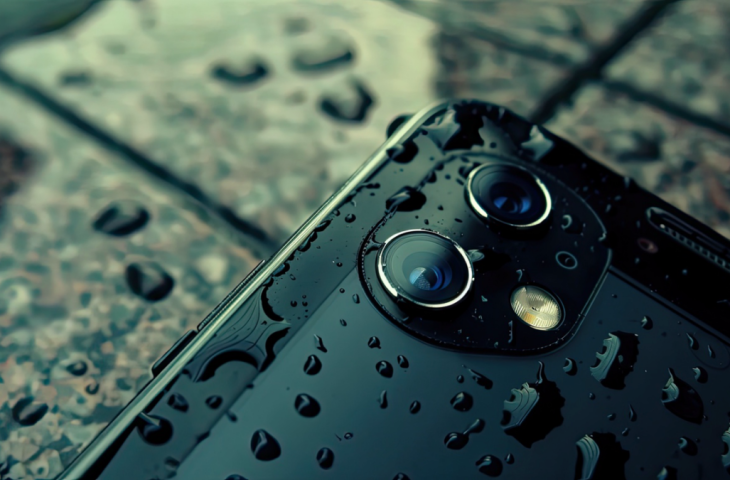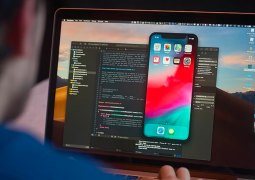Improving Durability in Consumer Electronics
by 30/05/2024 15:490

Most of us are pretty rough on our phones, laptops, and tablets. We drop them, spill drinks on them, and generally put them through the wringer. In the past, that kind of abuse could easily break or demolish our delicate electronics. But thanks to some nifty new materials and smart design, the latest consumer tech is becoming much tougher and more durable.
Shatterproof, Scratch-Proof, Splash-Proof
One of the most vulnerable components of any electronic device is the display screen. Just a short drop onto a hard surface is often enough to spiderweb or completely shatter that glassy panel. But that’s rapidly changing as manufacturers switch to new scratch-resistant and shatterproof screen materials.
Many phones, tablets and laptops nowadays use tough chemically strengthened glass like Gorilla Glass. This glass is treated to create a dense surface that dramatically increases scratch resistance compared to regular glass. Some versions can survive drops from as high as 1.6 meters.
Waterproofing is another key focus to protect sensitive components from liquid spills and splashes. Techniques like conformal coating seal devices in a waterproof membrane. Some companies are even exploring self-healing waterproof coatings that automatically repair any cracks or defects.
Armored Exteriors Built to Withstand Abuse
Of course, the display is not the only part that needs protection. Device housings and exteriors must deal with drops, bumps and general wear and tear. Manufacturers are turning to innovative composite materials to create virtually indestructible armor for our valued electronics.
Rather than molding device bodies completely from rigid plastic or metal, many now use advanced composites that layer different materials together. Hard outer layers made from tough polycarbonates or aluminum provide structure and impact protection. But these are paired with softer, rubberized compound coatings that absorb shocks and prevent scratches.
Some exotic composites incorporate exotic ingredients like carbon fiber, Kevlar, and lightweight metal honeycomb cores that boost impact resistance and tensile strength. Often these are sourced from specialized composites suppliers like Axiom Materials. The resulting devices can withstand drops, dings and abuse that would easily crack or dent traditional housings.
Modular, Repairable and Self-Healing
While reinforced composites make devices more shatter-resistant, inevitably some damage will still occur over years of heavy use. So imaginative designers are exploring ways to make consumer electronics easier to repair and maintain over the long haul.
New modular device designs allow owners to easily swap out broken or aging components like screens, batteries, and cameras for replacements. This extends product lifespan versus having to junk the entire device if one part fails.
Self-healing materials provide another futuristic solution. Thanks to specialized polymer coatings, micro-cracks in a device’s exterior can automatically “heal” and repair themselves after impact. While still in early stages, self-healing composite casings from composites suppliers could one day let our gadgets almost regenerate themselves after damage.
Tougher Batteries, Safer & Longer Lasting Too
Battery fires caused by damage are another serious issue manufacturers are tackling. The latest lithium-ion battery designs use more durable aluminum composite casings and flame-retardant separators. If a battery short-circuits, fail-safe materials quickly seal off the thermal runaway without setting the whole device ablaze.
Researchers are also working on entirely new battery chemistries capable of withstanding extreme temperatures and pressures unimaginable for current batteries. Solid-state batteries, structural batteries built into device frames, and future power sources like aluminum-air could be virtually indestructible.
Conclusion
Between shatterproof screens, resilient composite bodies, and damage-proof power sources, consumer electronics are shaping up to be tougher than rhino. So while accidental drops and spills will likely never go away, at least our phones and laptops could soon shrug them off without a scratch or crack.



